The number of patent applications relating to electromobility has increased significantly in Germany. In 2019, the German Patent and Trademark Office (DPMA) and the European Patent Office (EPA) published 660 patent applications with effect for Germany that relate directly to vehicles with electric drives. That is 42 percent more than in 2017.
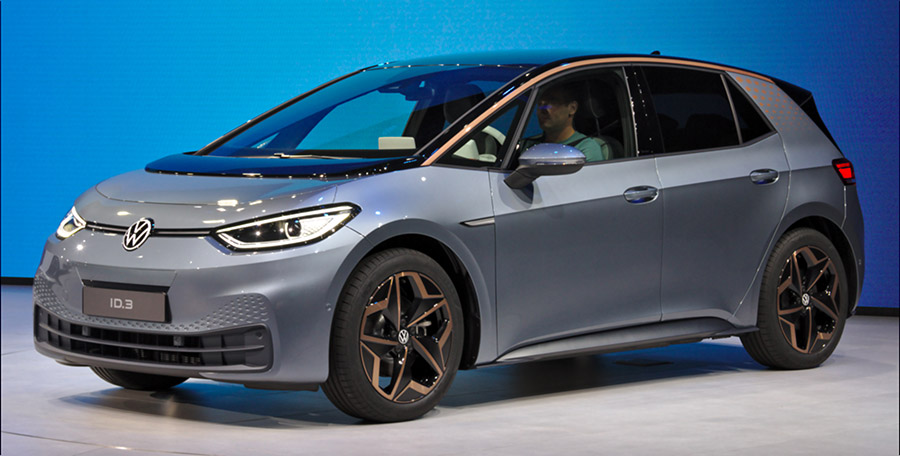
Also in the key technologies for the power supply of electric vehicles – batteries and fuel cells – saw strong growth in innovation: in battery technology, the number of registrations published was 2,684, which is 41 percent higher than in 2017. In the same period, there were 848 published applications for fuel cells – an increase of 18 percent. Patent applications are usually published 18 months after filing; it takes a year and a half for them to appear as published in the statistics. “The dynamics of registrations for electromobility and the associated key technologies are impressive,” said DPMA President Cornelia Rudloff-Schäffer.”
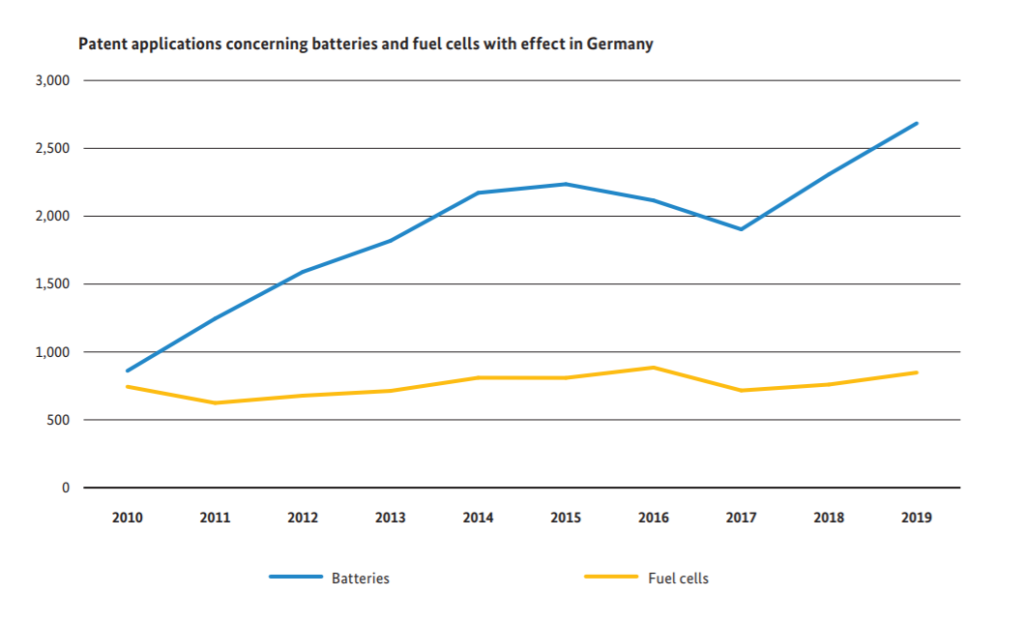
Electromobility has obviously grown significantly in importance among manufacturers in recent years.”The figures suggested that after the exhaust gas scandal in 2015, automotive companies had shifted development resources from the combustion engine to the new drive technologies.The number of registrations for the combustion engine was 13 percent lower last year than in 2017.
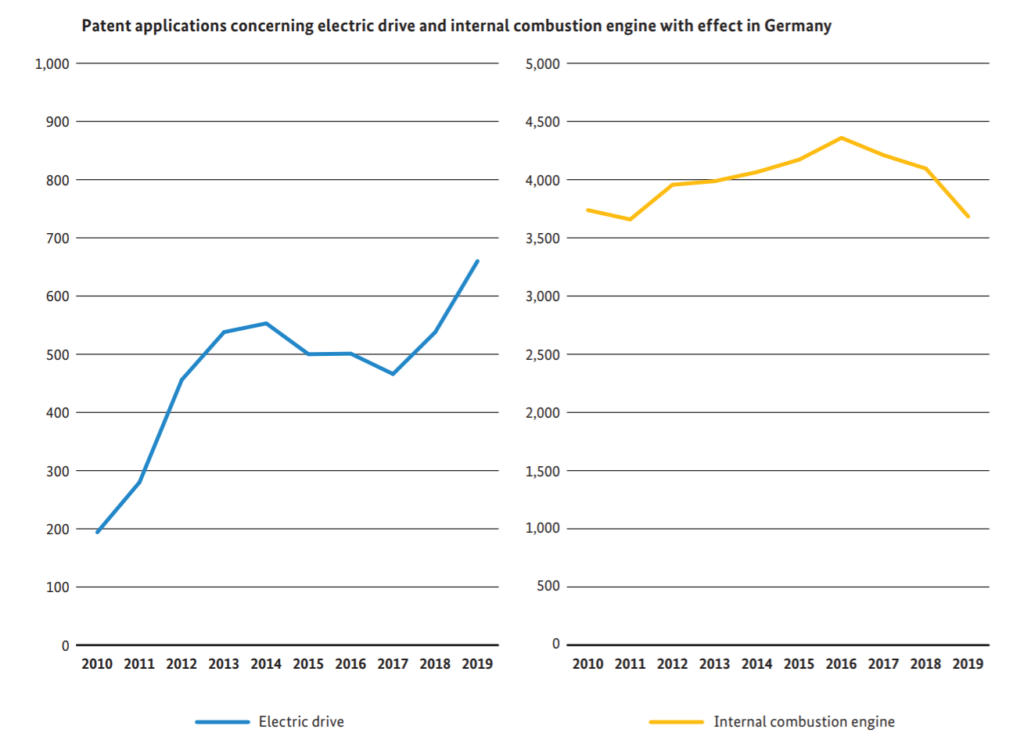
In the longer term, the trend in electric drives and battery technology is clearly pointing upwards. In both technology areas, more than three times as many patent applications were published in 2019 as ten years ago. The long-term trend for fuel cells, with occasional upward and downward movements, is also positive overall. However, the figures suggest that most manufacturers currently rely more on batteries than on fuel cells for electric mobility. In contrast, registrations for the internal combustion engine are also declining slightly in the long-term view.
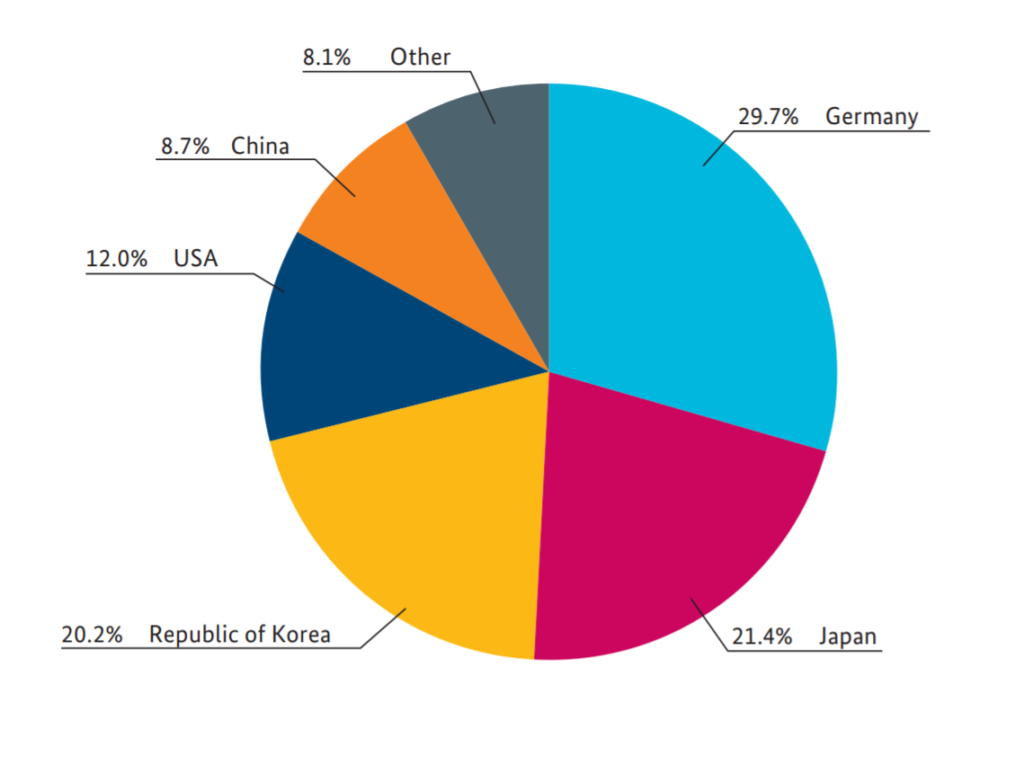
Japan ahead in fuel cells
German manufacturers largely dominate the innovation landscape on their home market in the technologies mentioned. Almost half of all patent applications for electric drives (47.4 percent) came from Germany last year, followed by Japan (17.0 percent), the USA (13.6 percent), China (4.7 percent) and the Republic of Korea (3.6 percent). In the manufacturer ranking, AUDI AG was a German provider. The Japanese Toyota Jidosha KK and the American Ford Global Technologies, LLC followed in second and third place. Fourth and fifth place went to two German applicants, Bayerische Motoren Werke AG and Robert Bosch GmbH.
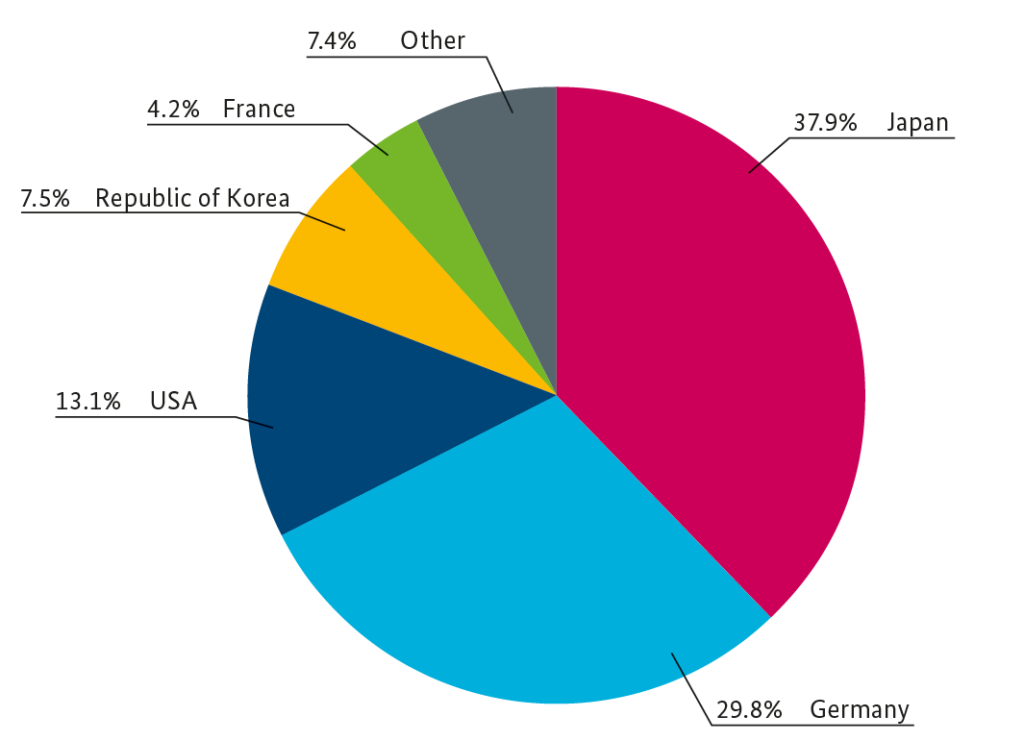
In battery technology, Germany also took first place with almost a third of all registrations (29.7 percent), again ahead of Japan (21.4 percent), the Republic of Korea (20.2 percent), the United States (12.0 percent) and China (8.7 percent). However, the company ranking was led by Korean LG Chem, Ltd. in front of Bosch and BMW in places 2 and 3.
Germany was only in second place for fuel cell technology (29.8 percent). Japan was the leader with more than a third of all registrations (37.9 percent). The USA (13.1 percent), the Republic of Korea (7.5 percent) and France (4.2 percent) followed in third to fifth place. Toyota led the top list of manufacturers, followed by Audi and Bosch.
In terms of registrations for the internal combustion engine, Germany was again far ahead (43.8 percent). This was followed by Japan (21.1 percent), the USA (18.4 percent), the Republic of Korea (3.0 percent) and France (2.4 percent). Consequently, a German company also led the manufacturer ranking: Robert Bosch GmbH. The other places were taken by Ford and Schaeffler Technologies AG & Co. KG.
Germany and the USA lead in autonomous driving
In addition to the drive technology, the DPMA also looked at the innovation landscape in relation to so-called autonomous driving. This not only includes the automated, partial or continuous execution of dynamic driving tasks (driverless driving), but also devices and procedures that support the driver in vehicle inspection or relieve him of subtasks. Here too, the number of registrations has risen sharply over the past ten years: in 2010, the DPMA and EPA published 1180 patent applications with effect for Germany in the technology classes that are attributed to autonomous driving. Last year there were 4,265 – more than three and a half times as many.
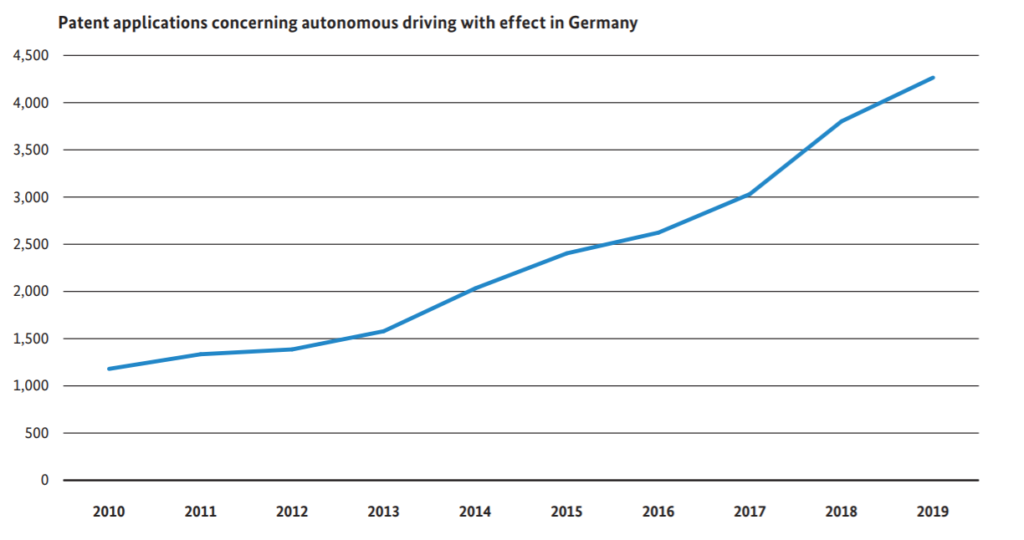
The vast majority of registrations (43.0 percent) in 2019 also came from German companies in this area. With Bosch (1st place), BMW (3rd place) and Daimler AG (4th place), three German manufacturers also placed at the top of the ranking. The USA is in second place with 20.1 percent of registrations. With Ford and GM Global Technology Operations LLC, two American companies complete the top 5 in the applicant ranking.
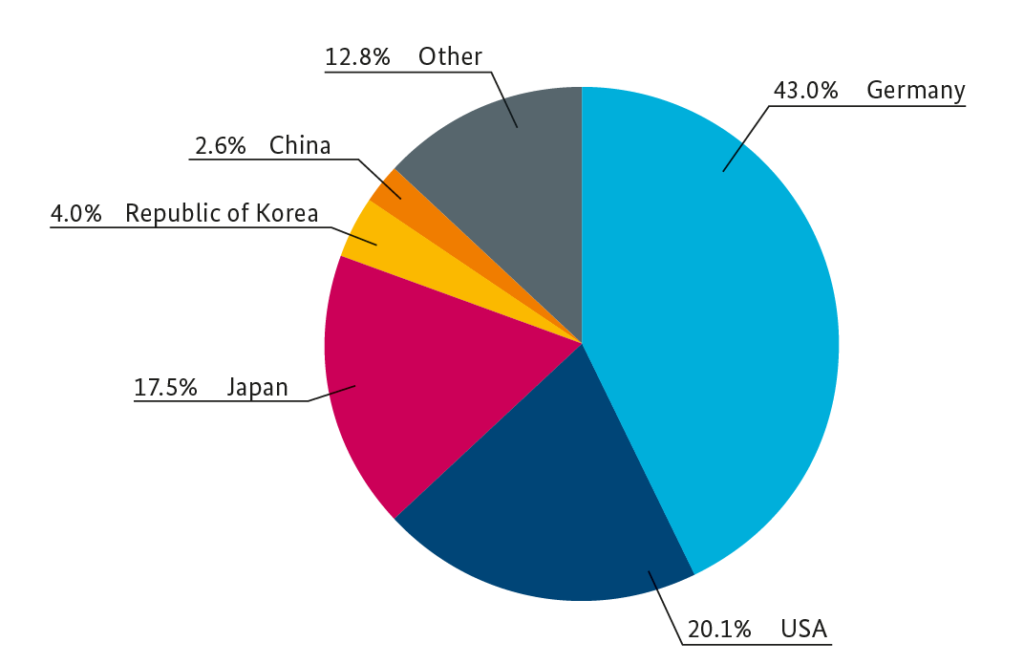
It should be noted that there is neither a generally applicable definition nor a special technology class for the assignment of patent documents to autonomous driving. A sharp demarcation from other technical areas is therefore not possible.
DPMA President: Race for Technology Leadership
“The fact that, on the German market, German manufacturers lead the patent application ranking in many areas makes me feel optimistic about the future. Nonetheless, the numbers also show that there are serious rivals, especially in Asia and the United States, that compete for technology leadership and also try to capture this new market,” said Cornelia Rudloff-Schäffer. “The automotive market is undergoing drastic changes and there is a race for gaining the market leadership in the future key technologies,” the DPMA President added. “The question as to who will win this race is open – especially because it is currently unforeseeable how the coronavirus pandemic will impact the economic development and thus innovations.”

The German Patent and Trademark Office
Inventiveness and creativity need effective protection. The DPMA is the German center of excellence for all intellectual property rights – for patents, utility models, brands and designs. As the largest national patent office in Europe and the fifth largest national patent office in the world, it stands for the future of the inventor country Germany in a globalized economy. Its almost 2,800 employees at three locations – Munich, Jena and Berlin – are service providers for inventors and companies. They implement federal innovation strategies and further develop national, European and international protection systems.









